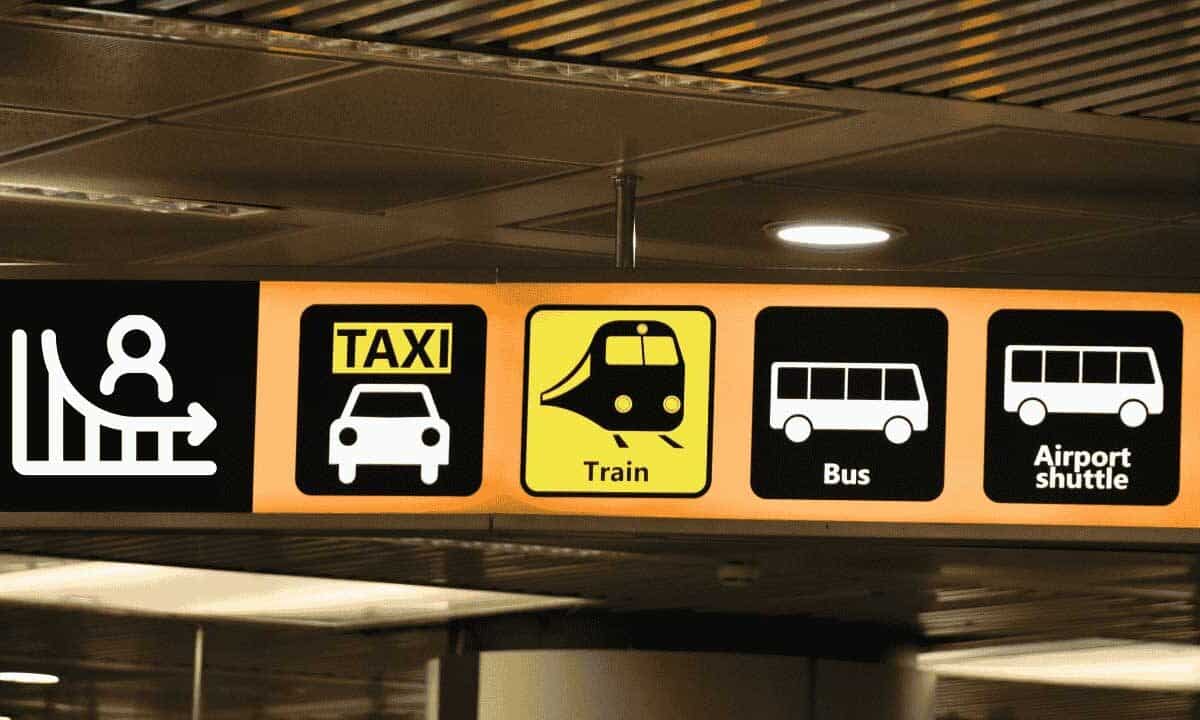Why is Public Transport Usage Declining in Hyderabad as it Chokes on 93 Lakh Private Vehicles?
Use of public transport is decreasing in Hyderabad with this trend of 93 lakh private vehicles. Get an understanding of why metro and bus ridership is falling and a traffic deluge looms.

Hyderabad used to be touted as one of the fastest-growing metro cities in India, now it is in real danger of being paralyzed in case of a mobility crisis. Even with the offense of the Metro and the continuity of the bus services the analysts observe that in Hyderabad the demand on the use of the public transport has subsided, but the use of the private vehicles has zoomed to close to 93 lakh.
Also Read: Telangana Announces 13-Day Dasara Holidays for Schools, Colleges in September 2025
Table of Contents
Metro and Bus Struggles
What has not picked up, despite the pandemic, is the Hyderabad Metro Rail, which pre-pandemic saw close to 4.5 lakh commuters per day but currently averages only 3.2 lakh commuters a day. TSRTC has suffered a 20 percent decrease in the number of commuters as compared to 2019 despite the introduction of additional buses of AC variety and electric vehicles.
Why Are Commuters Shifting to Private Vehicles?
- Limited Coverage: The metro serves only three corridors, and only 69km of Hyderabad is covered with the metro, leaving mammoth stretches of the city that use personal transportation.
- Last-Mile Problems: There are no feeder buses or shared mobility services to make using the public transport system convenient.
- Time Factor: Daily commuters are disheartened by the long waits, overcrowding, and breakdowns.
- Lifestyle changes: Citizens are seeking comfortable transport through being able to purchase two-wheelers or cars due to the availability of easy loans and the aspiration of living through that transport.
Consequences of Declining Public Transport
Hyderabad is choked by a rising number of private vehicles. The speed of traffic in most of the major roads such as HITEC City, Banjara Hills, and Secunderabad has slowed to less than 10km/h during peak time. The cost to the economy is appalling- fuel wastage and lost productivity is costing this city over 1500 Crores a year. The levels of air pollution which already pose a problem to the health conditions will increase.
The Way Forward
An integrated approach to urban mobility, experts posit, must be holistic:
- Expansion of metro to under-served areas.
- Expanding bus fleet size and addressing frequency.
- Developing the last-mile connectivity means including mini-buses, e-rickshaws, and shared bicycles.
- Taxing motorists that park in areas of high traffic and rewarding those who have carpool.
Unless active interventions take place, Hyderabad is faced with the possibility of gridlock and increasing air pollution as well as a deterioration in the quality of life of its denizens.

